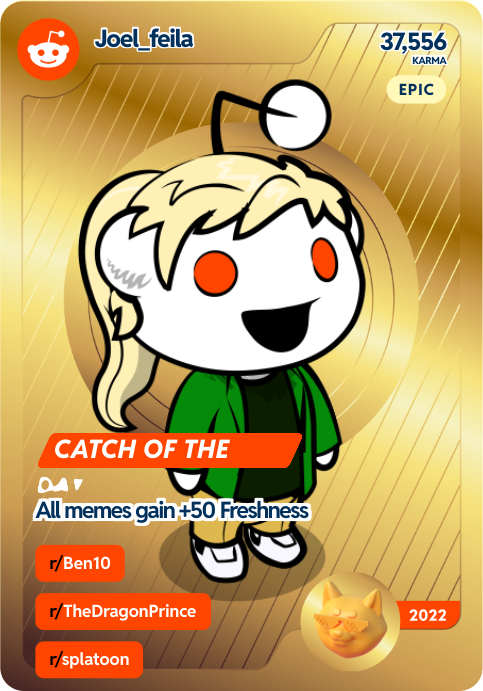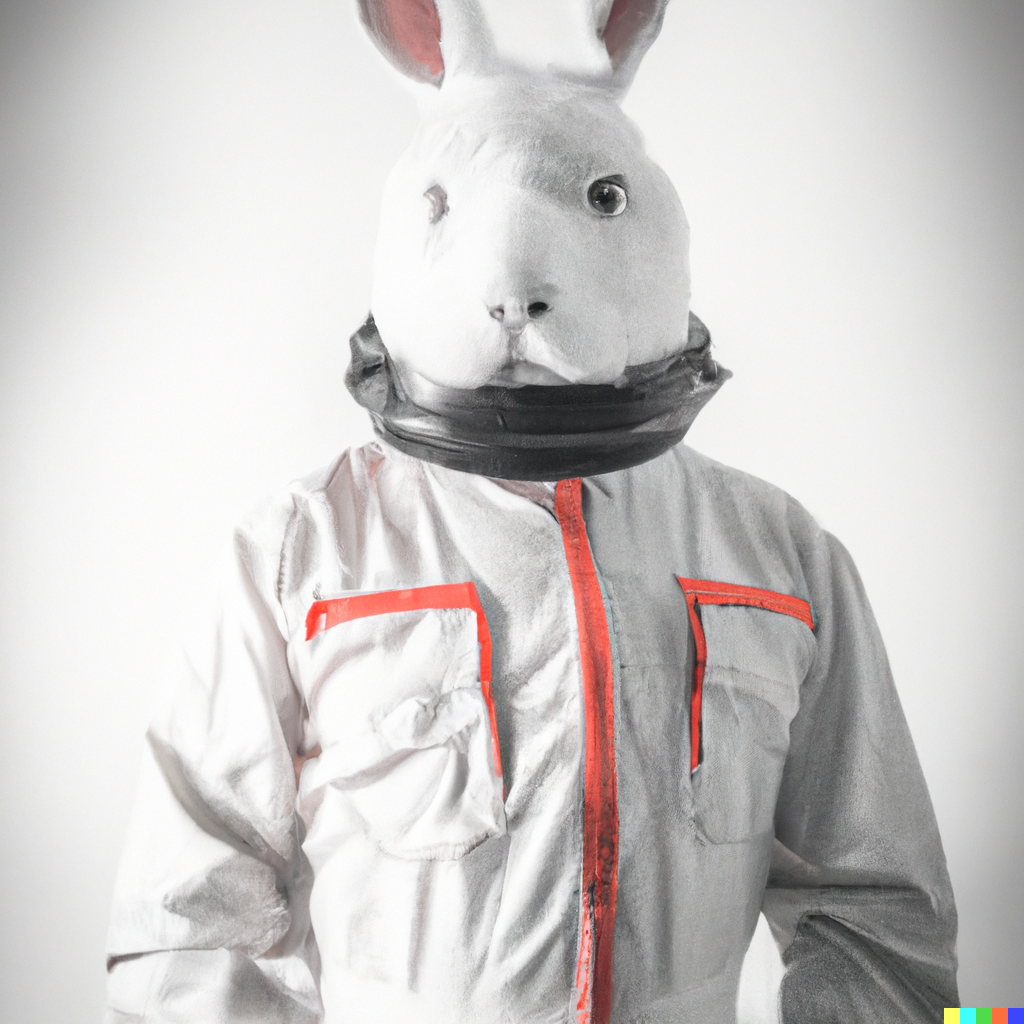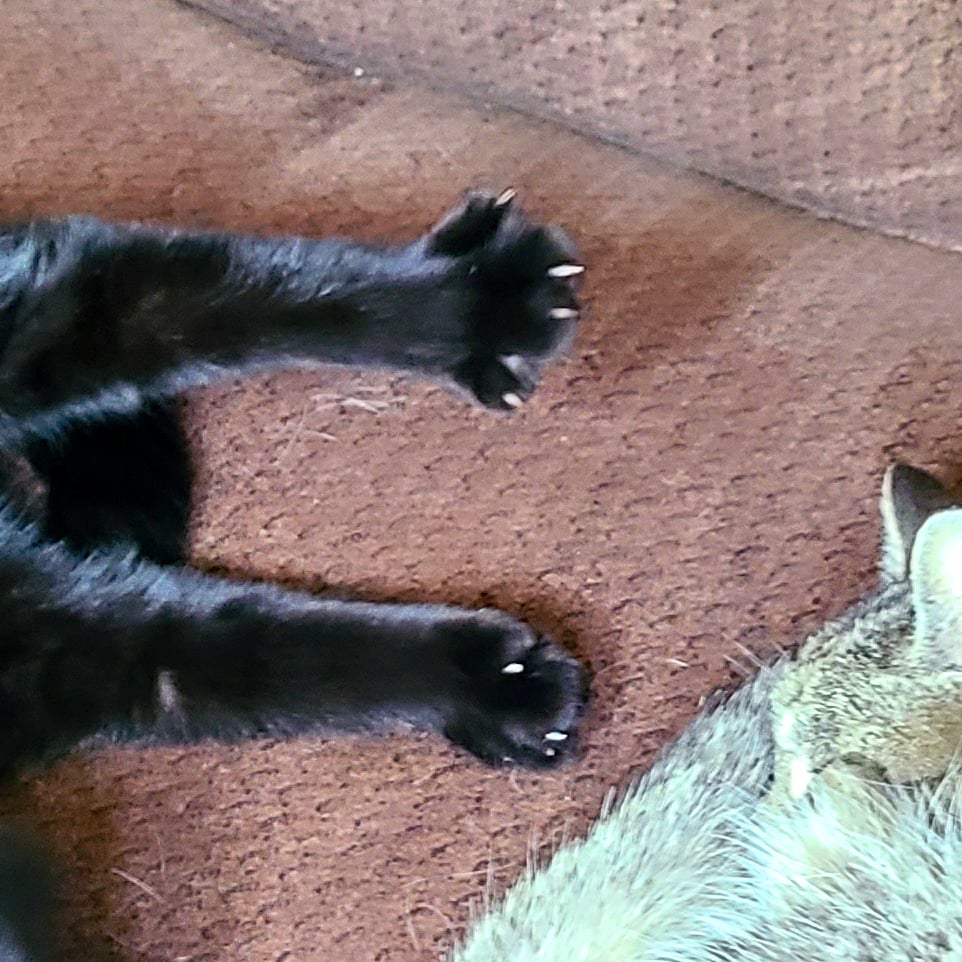I always learned “ROYGBIV” as the colors of the rainbow. Red, orange, yellow, blue, indigo, violet.
What’s up with the last two? Isn’t indigo basically just dark blue? Why is it violet and not purple? Can’t it just be “ROYGBP”?
Indigo, the purple made as a combination of red and blue does not exist on a rainbow in the classical sense.
The rainbow is the electromagnetic spectrum that our eyes can detect and our brain interprets these waves as colours. Essentially our brain can detect 3 colours separately, red, green and blue.
Light does not exist as a single colour in reality but instead is a lot of different colours hitting our eyes at almost the same time, which is why you can get a rainbow out of sunlight, but if you put a red light into a prism, you will only get red light out, or if you put other household lights into the same prism, the rainbow would be different, colours would be less intense or missing. That’s why light under different sources feel cool or warm but when you look at their spectrum as shown in the attached picture, they’re almost all one colour.
Your brain is able to interpret these colours extremely well with context and is the source of a lot of optical illusions.
So when you see a combination of red and blue together, your brain interprets it as indigo purple and is why it is different from a pure violet wavelength.
Also, as common as brown is in the world, it doesn’t exist on the rainbow, because it’s a dark orange colour and its weird to think about it that way.

Brown is such a weird color
Essentially our brain can detect 3 colours separately, red, green and blue.
Do you have a source for this? I’m pretty sure our brains can detect any arbitrary wavelength within a range. The red green blue thing just happens to be the three colours we can mix to emulate most (but not all) of the frequencies we can detect.
There are 3 types of cones in the human eye, which reactive to different bands of the spectrum. They peak at approximately red, blue, and green. Our brains are good at combining that information to make it appear seamless. Colorblindness is generally a genetic defect in the production of one or more of those type of cones. https://askabiologist.asu.edu/rods-and-cones
in part what color each words refers to changes over time as all languages change.
The rainbow is white light that has been split into its component parts. So the only colors that appear on the rainbow are made from a single wavelength. The missing shades of purples are made from a mixture of both high and low frequency light.
RGB color is a fair approximation of human color vision. Your screen’s Red, Green, and Blue, components are designed to match the 3 cone cells of the human eye.
If you compare a real rainbow to the RGB rainbow in the color picker in your favorite graphics software, you’ll likely notice extra colors. Unlike a real rainbow, the RGB rainbow has shades after blue, and it comes back around to red. Real rainbows do not do this.
That’s because purple, and magenta and fuchsia and other similar shades are made from both high and low frequency light. Therefore they cannot appear on the rainbow.
Because purple is a combination of wavelengths and the rainbow has only has the single wavelengths. It also missing “lighter” colors like pink and “darker” like brown
I have been trolling people for years with passionate wat-too-serious arguments that the rainbow is ROY G BAP for blue and purple.
big rainbow is powerful.
It was originally ROYGB and the rest.
I got that joke. Nice.
Was that the 3 hour colour wheel?
Because ROY G BIV is much easier to remember and say.
Indigo is closer to Blue. Violet is closer to Red.
Purple is inbetween Indigo and Violet.
I thought violet was just another name for purple





